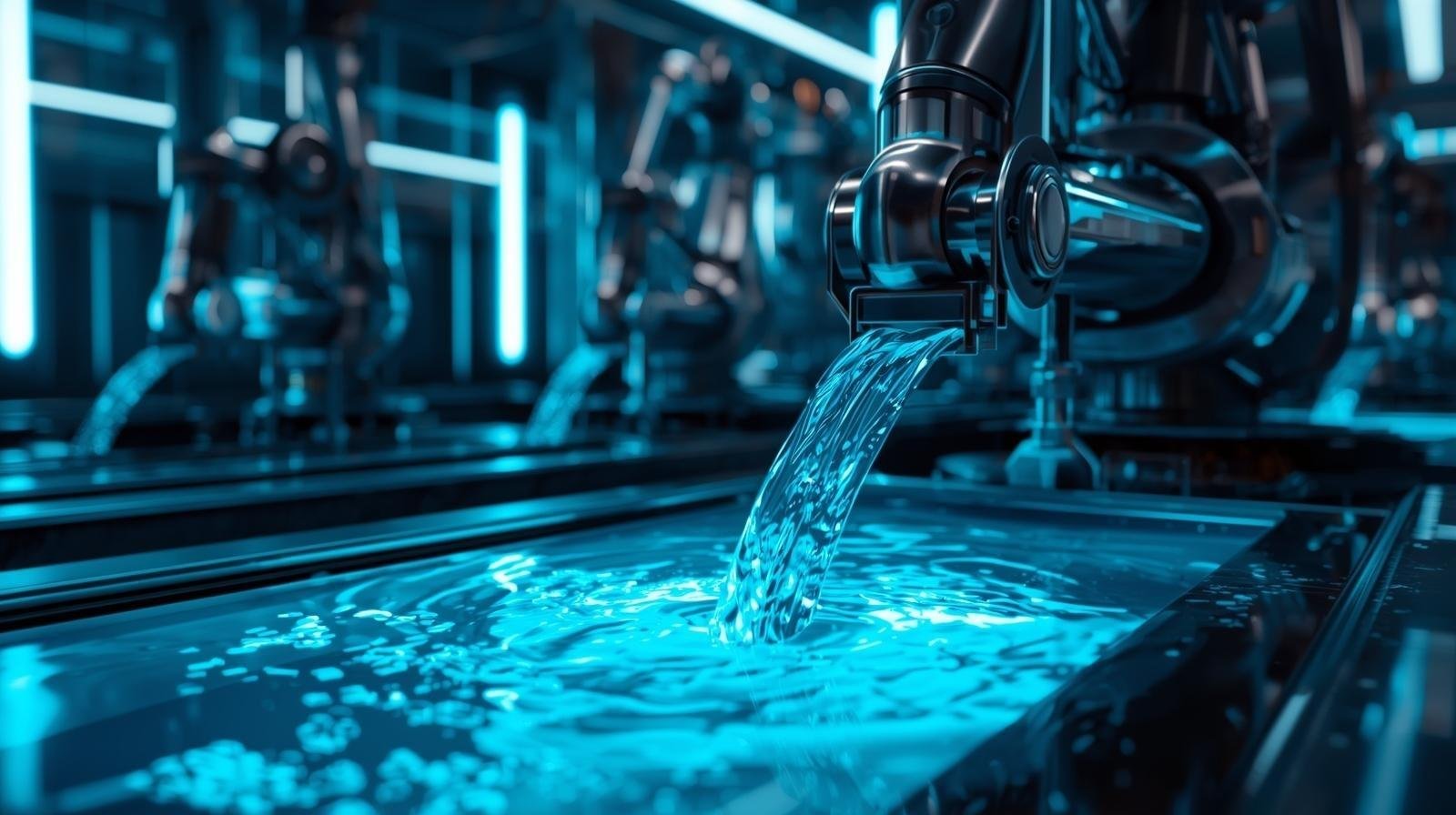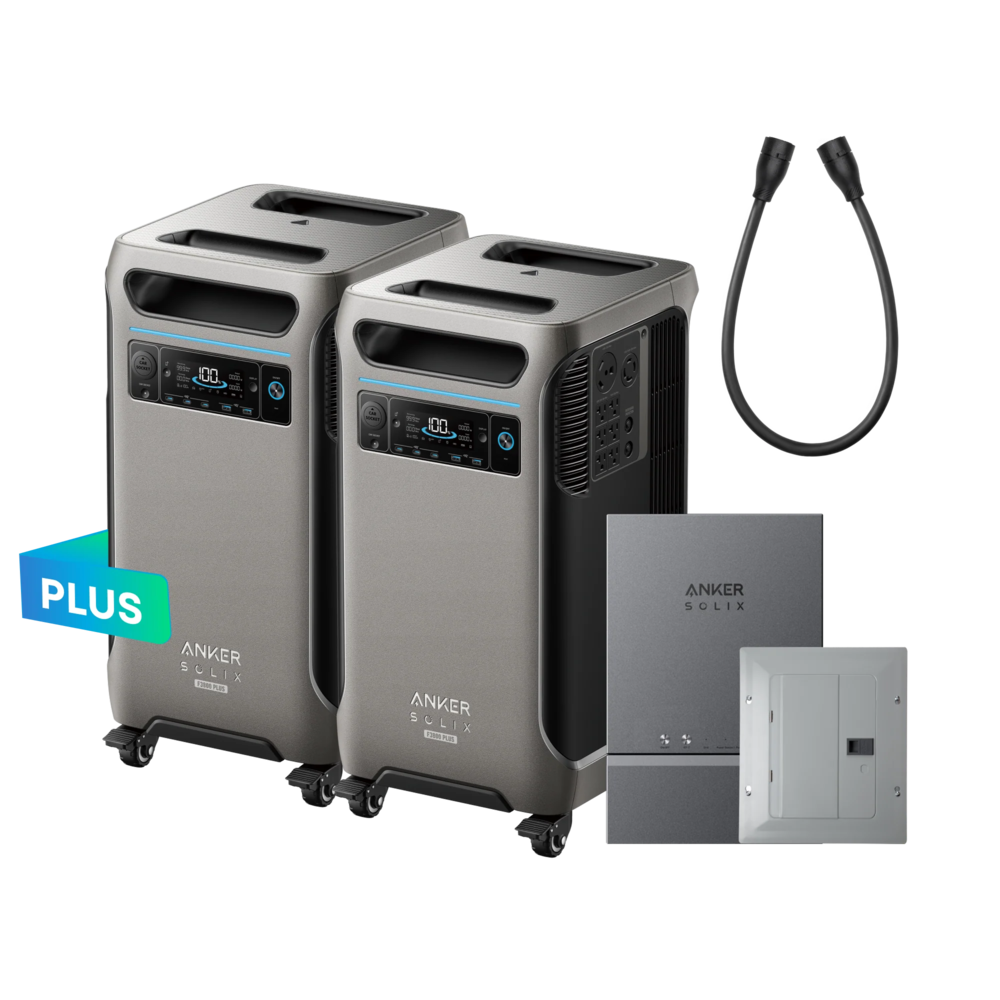Introduction
Let’s be honest — clean water isn’t the luxury it used to be. It’s a basic human right that’s becoming harder to guarantee. Whether it’s contaminated rivers, microplastics sneaking into our taps, or industrial waste creeping into groundwater, the problem is clear as day (or murky as sludge, depending on where you live).
But here’s the good news: technology’s stepping up. Enter magsorption water purification, a futuristic yet surprisingly practical method that’s redefining how we clean water. It’s the kind of innovation that sounds straight out of a sci-fi movie — magnetic particles pulling out pollutants like some eco-friendly superhero. The truth? It’s real, it’s happening, and it might just be our next big leap toward sustainable, safe drinking water.
In this deep dive, we’ll explore what magsorption water purification is, how it works, why it’s better than traditional methods, and what the future holds for this magnetic marvel. Buckle up — we’re about to get magnetically charged for change.
What Is Magsorption Water Purification?
At its core, magsorption water purification combines two powerful concepts: magnetism and adsorption.
Adsorption (not to be confused with absorption) is the process where contaminants stick to the surface of another material — kind of like how lint clings to your favorite black sweater.
Now, add magnetic particles into the mix, and you’ve got a recipe for genius. These magnetized materials attract and capture pollutants, and then, using a magnetic field, they can be easily separated from the clean water. It’s a bit like fishing for toxins with an invisible magnetic net.
Think of it as traditional water filtration, but smarter and faster. No need for bulky filters or energy-heavy processes — just magnets doing their magic.
The Science Behind Magsorption
The magic lies in something called magnetic nanocomposites — tiny particles (measured in nanometers) that combine adsorptive materials with magnetic cores. These cores can attract specific contaminants like heavy metals, dyes, microplastics, or even pathogens.
Here’s a simplified version of how magsorption works:
- Contaminated water meets magnetic particles – The specially designed nanocomposites are added to the dirty water.
- Adsorption begins – The pollutants cling to the surface of these particles.
- Magnetic separation – A magnetic field is applied, pulling the loaded particles (and all the gunk they captured) out of the water.
- Clean water remains – What’s left behind is purified, ready-to-use water.
The result? Fast, efficient, and highly tunable purification that can adapt to different water types and contaminants.
Why Traditional Filtration Methods Are Fading Fast
Traditional systems like sand filters, chlorination, or even reverse osmosis have done their job well — but they come with baggage.
| Method | Pros | Cons |
|---|---|---|
| Chlorination | Kills bacteria effectively | Produces harmful by-products, can alter taste |
| Reverse Osmosis (RO) | Removes a wide range of contaminants | Energy-intensive, wastes large amounts of water |
| Activated Carbon | Great for removing odors and chemicals | Needs frequent replacement, limited lifespan |
| UV Purification | Sterilizes pathogens quickly | Doesn’t remove chemicals or heavy metals |
| Magsorption | Fast, reusable, magnetic separation enabled | Still scaling up industrially, requires precise material engineering |
Magsorption tackles most of these problems head-on — offering efficiency without the waste.

The Sustainability Edge
One of the biggest selling points of magsorption water purification is sustainability.
Traditional methods often create secondary pollution — for example, used filters that end up in landfills or toxic sludge that’s hard to treat. But magsorption materials can be regenerated and reused multiple times. You simply remove the contaminants, re-magnetize the particles, and they’re good to go again.
Plus, it’s a low-energy process, making it ideal for developing regions where electricity is scarce but water issues are critical. Imagine remote villages using portable magnetic kits to purify river water without needing massive infrastructure — that’s the potential here.
Real-Life Applications: Where Science Meets Thirst
This isn’t just lab theory. Magsorption technology is already being tested and applied in various industries:
- Industrial wastewater treatment – removing heavy metals like lead, arsenic, and chromium from factory runoff.
- Textile industry – filtering out synthetic dyes and chemicals.
- Pharmaceutical waste – capturing trace antibiotics and drug residues.
- Emergency relief efforts – portable magnetic filters for disaster-hit zones.
- Household filtration prototypes – researchers are working on compact units for everyday home use.
For example, a study published in Environmental Science & Technology demonstrated that iron oxide nanoparticles could remove 99% of lead ions from water samples in under 10 minutes. That’s jaw-dropping efficiency.
How Magsorption Water Purification Works (Step-by-Step)
Let’s break it down simply — here’s what happens when you use this system:
- Contaminant Identification – The type of pollutant determines what kind of magnetic adsorbent is used.
- Adsorbent Addition – Magnetic nanoparticles are introduced into the contaminated water.
- Pollutant Capture – These particles attract pollutants like a magnet to iron filings.
- Magnetic Separation – A magnetic field draws the loaded particles out, leaving purified water behind.
- Regeneration – The adsorbent can be cleaned and reused, minimizing waste.
Sounds almost too good to be true, right? But that’s the beauty — simplicity meets innovation.
Why It’s Called the “Next-Gen” Solution
The phrase “next-gen” isn’t just marketing hype here.
Magsorption is adaptable. Researchers can engineer particles to target specific pollutants — even microscopic ones that traditional filters miss. It’s customizable at the molecular level.
Imagine tuning your filter like you’d tune a guitar — adjusting the “notes” (magnetic properties, surface chemistry, particle size) to perfectly “play” the pollutants out of your water.
That’s the future. Smart purification for a smarter planet.
Magsorption vs. Other Modern Technologies
| Technology | Speed | Cost-Efficiency | Reusability | Pollutant Range | Eco-Impact |
|---|---|---|---|---|---|
| Reverse Osmosis | Medium | Moderate | Low | Broad | Medium |
| Ion Exchange | Medium | High | Low | Moderate | Low |
| Nanofiltration | High | High | Medium | High | Medium |
| Magsorption | Very High | High | Very High | Very Broad | Very Low |
As the table shows, magsorption wins hands-down in speed, reusability, and sustainability — a triple threat.
The Bigger Picture: A Global Need for Smarter Water Tech
Let’s zoom out for a second. Over 2 billion people globally don’t have access to safely managed drinking water, according to the WHO. That’s not a statistic — that’s a crisis.
Traditional purification systems are often too expensive, too complex, or too power-hungry for widespread use. That’s where magsorption water purification fits in — offering scalable, affordable, and green solutions.
It’s not just about technology; it’s about equity. Clean water shouldn’t depend on your ZIP code or GDP.
What’s Next for Magsorption Research?
Researchers are now exploring:
- Hybrid materials that combine magnetic particles with biodegradable polymers.
- Smart sensors to track purification levels in real-time.
- Portable devices using solar-powered magnetic fields for remote water treatment.
Some startups are even developing modular magsorption units — think Lego-like water purifiers that can be stacked to handle different pollutants. The potential is enormous.
Also read: Unbelievable Facts About Liatxrawler You Must Know
Real-World Story: The River That Came Back to Life
In one pilot project in Southeast Asia, scientists deployed magsorption systems to clean a polluted canal notorious for industrial dye runoff. Within weeks, the water’s color cleared visibly, and fish started returning.
Locals described it as “watching the river breathe again.” It’s moments like that which remind us — innovation isn’t just about science; it’s about hope.
Challenges on the Road Ahead
Of course, no new tech is without hurdles.
Magsorption faces a few key ones:
- Scaling production of magnetic nanocomposites affordably.
- Ensuring safe disposal or regeneration of used particles.
- Educating industries and communities about its potential.
But if history’s taught us anything, it’s that the best ideas often start small — then grow big through persistence and collaboration.
The Future Vision: Magnetic Waters, Cleaner Earth
Picture a future where every household filter is powered by magnetic science — compact, affordable, and sustainable. A world where rivers once deemed “dead” run clear again, thanks to accessible technology.
That’s not fantasy — it’s the direction we’re heading with magsorption water purification.
And as climate change and industrial expansion strain our water systems further, this next-gen solution might just be the magnet that pulls humanity back toward balance.
Conclusion
Water isn’t optional — it’s life itself. And yet, for millions, that life is tainted, toxic, or entirely out of reach.
Magsorption water purification isn’t just a technological leap; it’s a philosophical one. It reimagines how we clean, conserve, and coexist with our planet’s most vital resource.
The idea that a simple magnet-inspired innovation can transform lives and ecosystems is more than inspiring — it’s a reminder that the best solutions are often hiding in plain sight, waiting for us to look a little closer.
So next time you pour a glass of clean water, take a moment to imagine the invisible forces — magnetic or otherwise — working behind the scenes to make it possible. Because in the end, innovation like magsorption isn’t just about purity. It’s about possibility.
FAQs
1. What is magsorption water purification in simple terms?
It’s a process that uses magnetic particles to attract and remove contaminants from water. Once the particles capture pollutants, they’re pulled out with a magnet, leaving clean water behind.
2. How is it different from normal filtration?
Unlike regular filters that clog or need frequent replacement, magsorption materials are reusable and can target specific pollutants more efficiently.
3. Is magsorption safe for drinking water?
Yes, when properly implemented. The magnetic materials used are often coated or stabilized to prevent leaching and are tested for human safety.
4. Can it remove heavy metals and microplastics?
Absolutely. It’s particularly effective against heavy metals like lead, cadmium, and arsenic — and can also capture microplastics and organic dyes.
5. When will we see magsorption filters at home?
They’re in the research-to-market phase now. Expect early consumer models within the next few years as costs drop and awareness grows.
Thanks for visit Techywil











